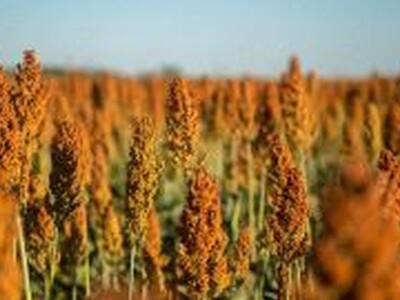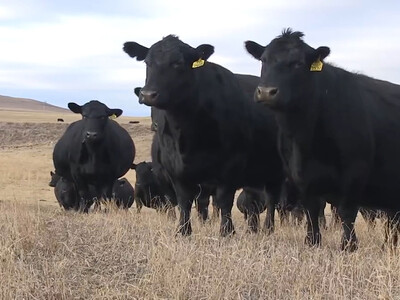South Fork
F&G manages South Fork of the Snake River to conserve native cutthroat.With more than 6,300 trout per mile, the South Fork of the Snake River is widely recognized as one of the premier trout destinations in the West. Through a unique management program that rewards anglers to harvest rainbow trout to protect native Yellowstone cutthroats, Idaho Fish and Game is working to ensure it remains a world-class fishery and a valuable part of the local economy.
In summer of 2020, Ryan Callaghan of the popular television show MeatEater teamed up with Idaho Fish and Game to learn more about these conservation strategies and answer intriguing questions, such as: “How can you help a fishery by removing fish?” and “Why does a state agency pay you to catch rainbow trout?”
Rainbow trout were introduced into the river during the 1950s to meet angler demand for a diversified fishery. However biologists learned nonnative rainbows thrived and competed with Yellowstone cutthroats for limited resources like food and cover, and unlike brown trout, rainbow trout can hybridize with cutthroats. Rainbow and Yellowstone cutthroat trout spawn in spring, and their hybrid offspring are fertile, which can further dilute the genetic purity of South Fork’s cutthroat.
Fish and Game’s Regional Fish Manager Brett High explains that multiple surveys showed conserving native trout is the priority for anglers.
“Yellowstone cutthroat trout are our native fish, and the South Fork is one of the few remaining rivers in the West where you have a healthy population,” High said.
To protect cutthroats, Fish and Game employs a number of conservation practice behind the scenes, such as setting weirs to limit rainbow access to cutthroat spawning tributaries, intensive population monitoring and working with the Bureau of Reclamation to manage stream flows.















